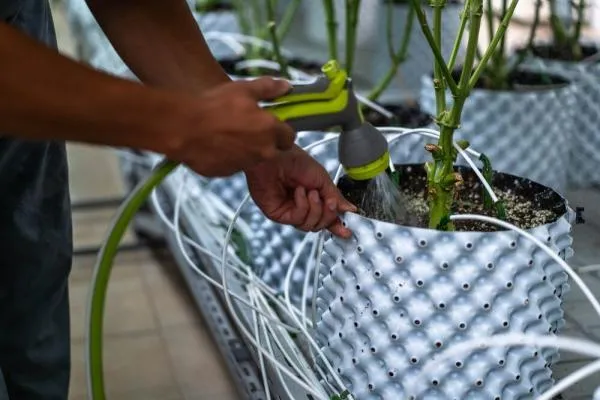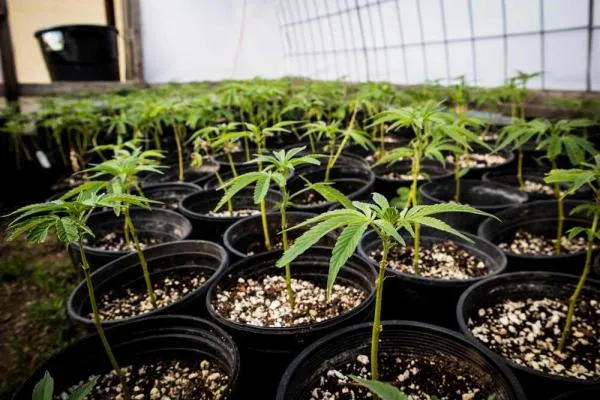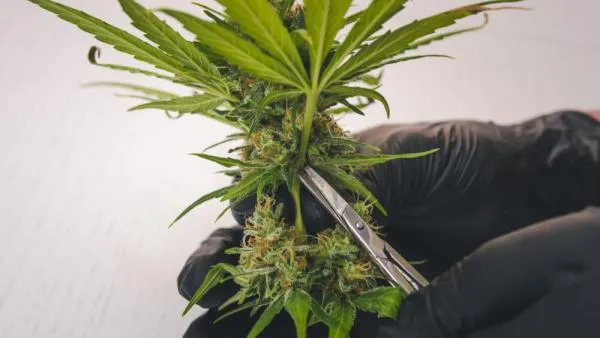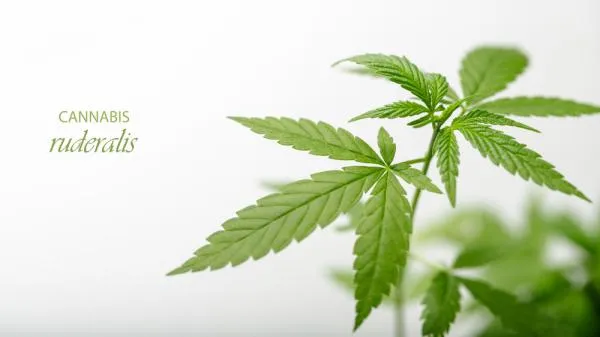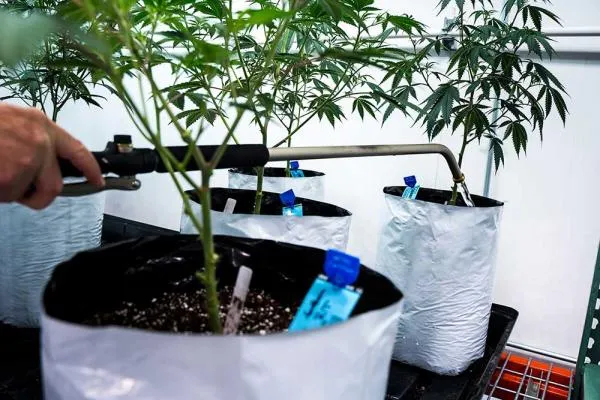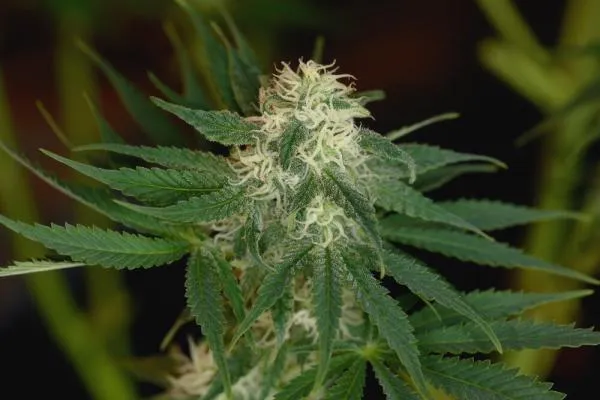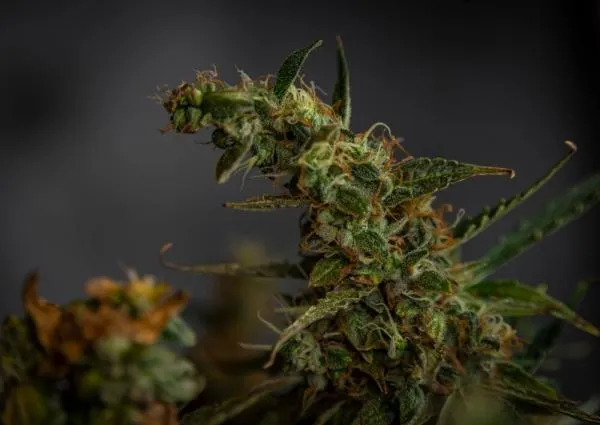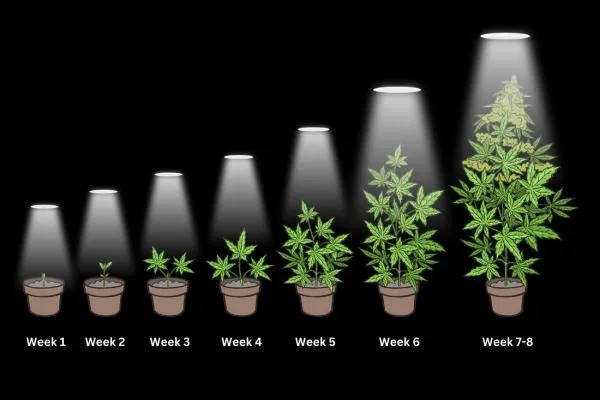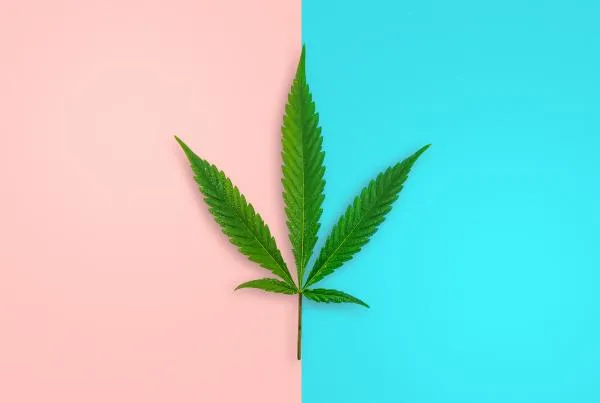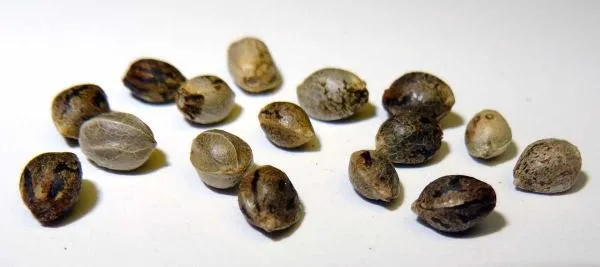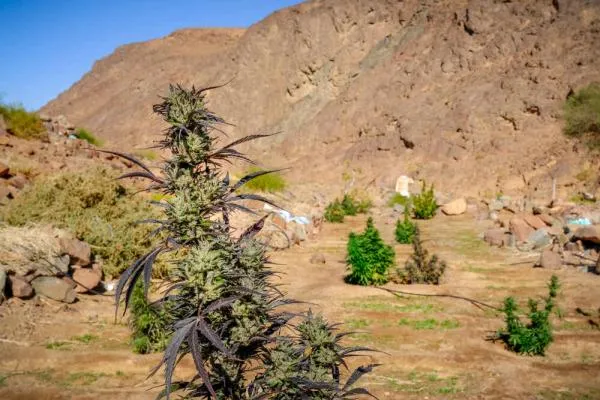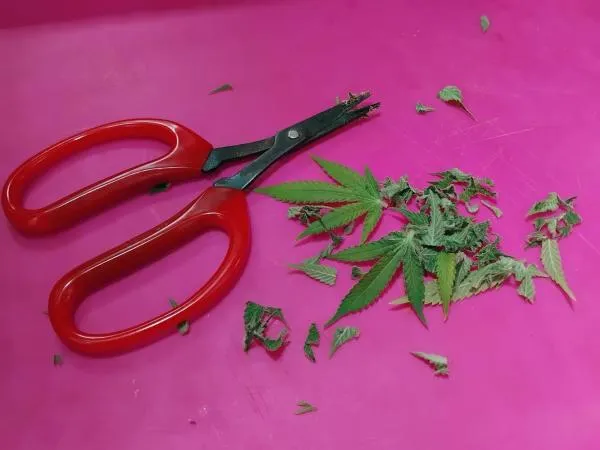Grow Guide
- When Should You Flush Autoflowers?Understanding Flushing in Autoflowering Cannabis Cultivation Flushing cannabis plants is one of those topics that gets a lot of debate in the cannabis community. Some growers sw...
- The best types of pots for growing cannabis plantsWhen growing cannabis, light intensity, temperature, humidity, nutrients and carbon dioxide are essential, but did you know that the pots you use also play a massive role? There...
- When is the best time to defoliate autoflowers?Defoliation should be one of the first cannabis plant training techniques that most growers learn - at least, it was for me, and I have used it for every single weed plant I hav...
- What is Cannabis Ruderalis?Suppose you have ever grown autoflowering cannabis plants before. In that case, you will know they flower without the need to switch your timers to 12/12. Whilst photoperiod can...
- How Much Water Should You Give Autoflowers?Understanding Autoflowering Cannabis Plants Autoflowering cannabis plants are a revolution for growers looking for a faster, easier way to cultivate weed. Unlike photoperi...
- How Long Do Autoflowers Stay in the Flowering Stage?If you’ve just started growing autoflowering cannabis, one of the biggest questions you probably have is: "How long do autoflowers stay in the flowering stage?" I get it. When y...
- How tall do autoflowers grow?Understanding autoflowering cannabis Autoflowers are the go-to option for many growers, especially beginners, because they are easy to manage, quick to harvest and don’t rely on...
-
20+ Years Experience
Over 500K seeds sold worldwide
100K+ Happy Customers -
Germination Guaranteed
Complete satisfaction or we will replace your order -
Dutch and USA Genetics
Master breeders inspiring strains from across the world -
1-5 Day Delivery - Guaranteed
Free Express Shipping to the US, Canada and UK
